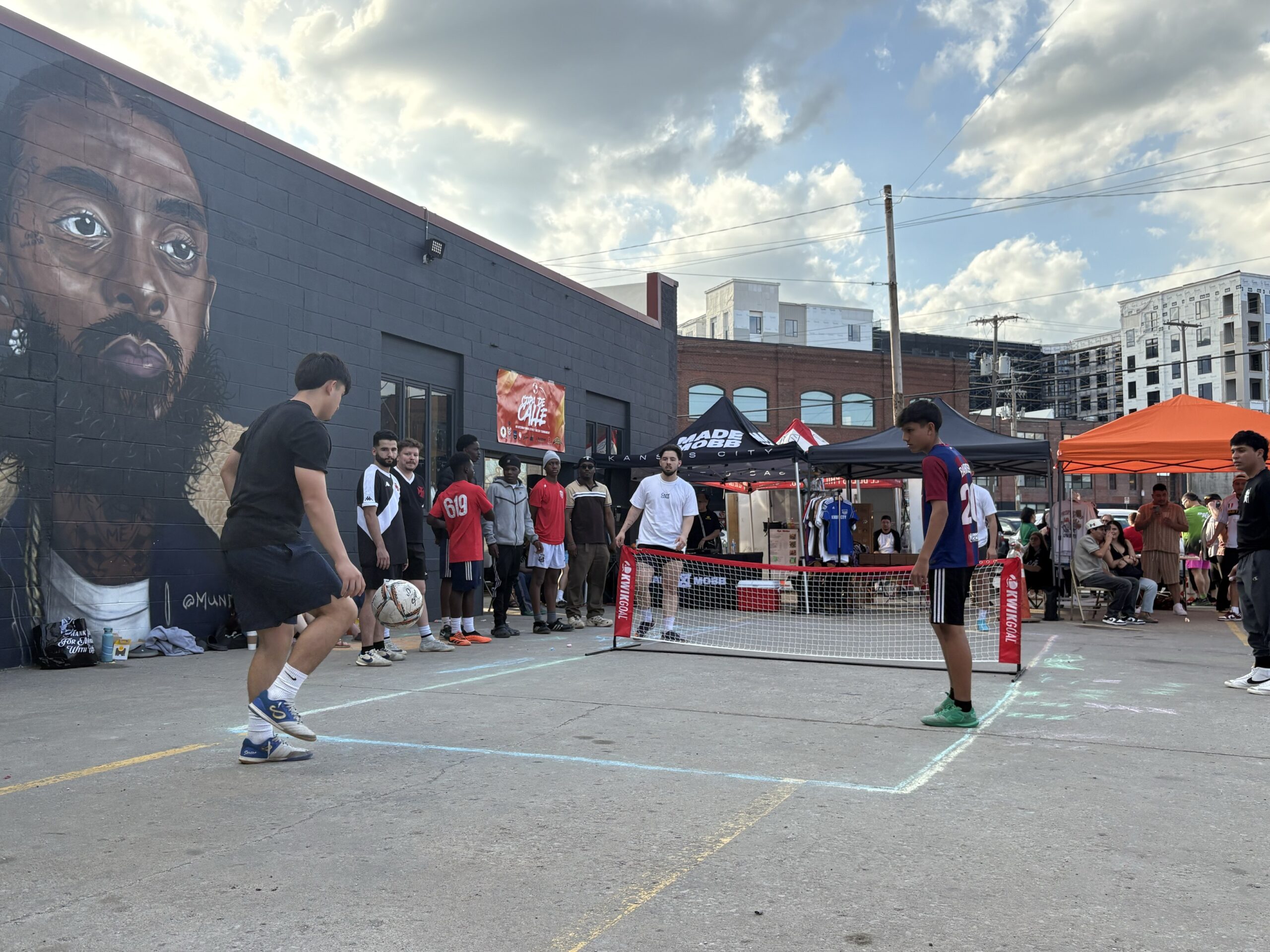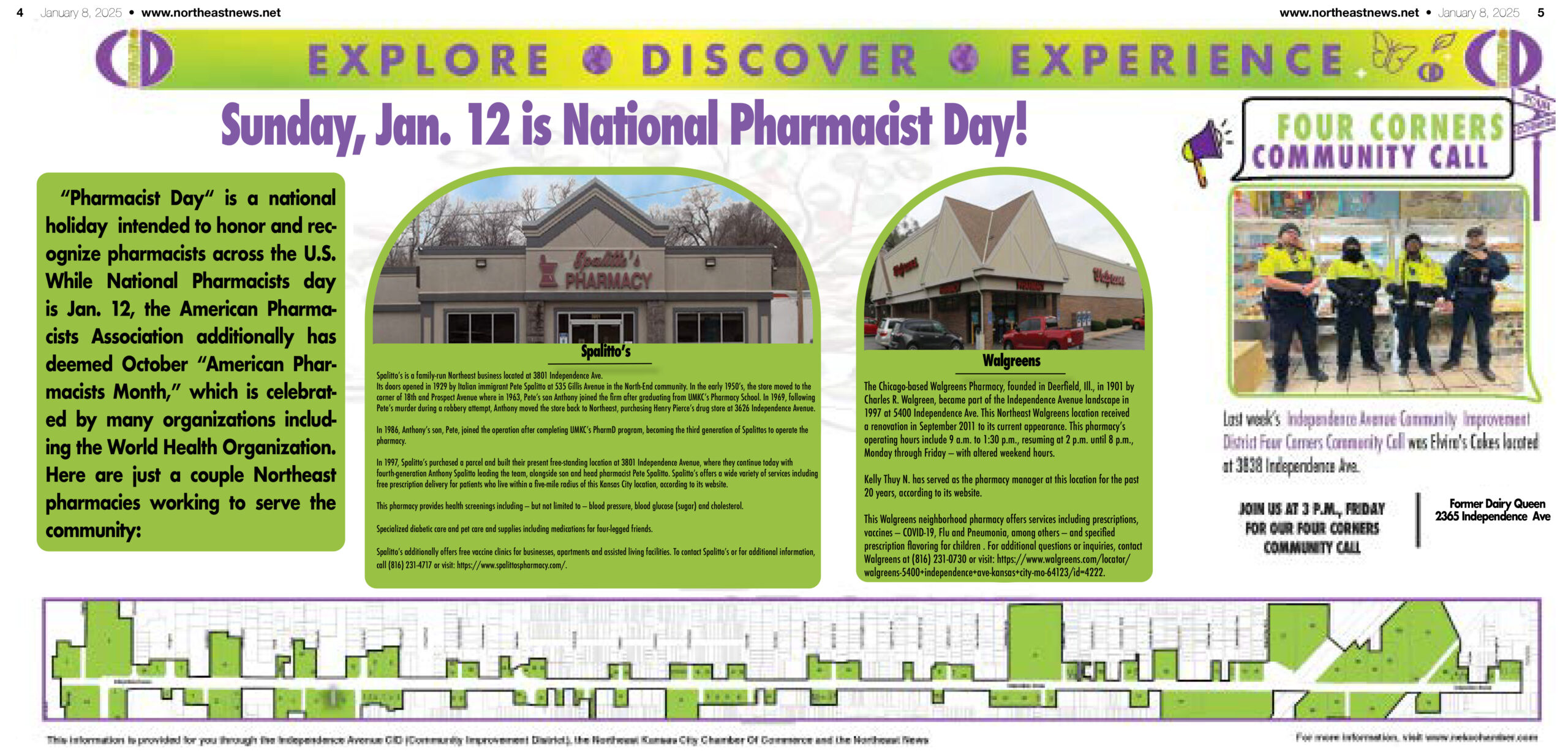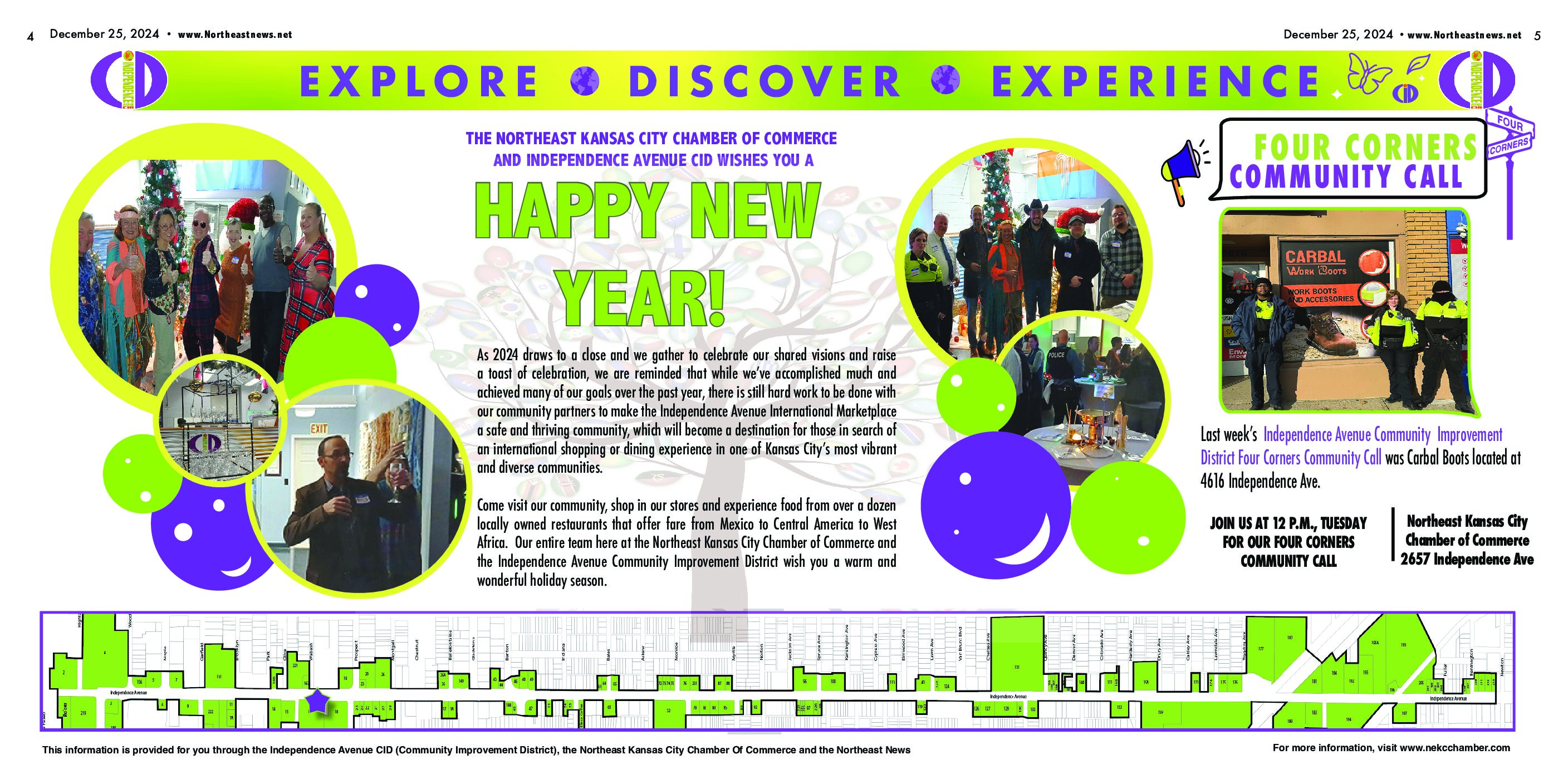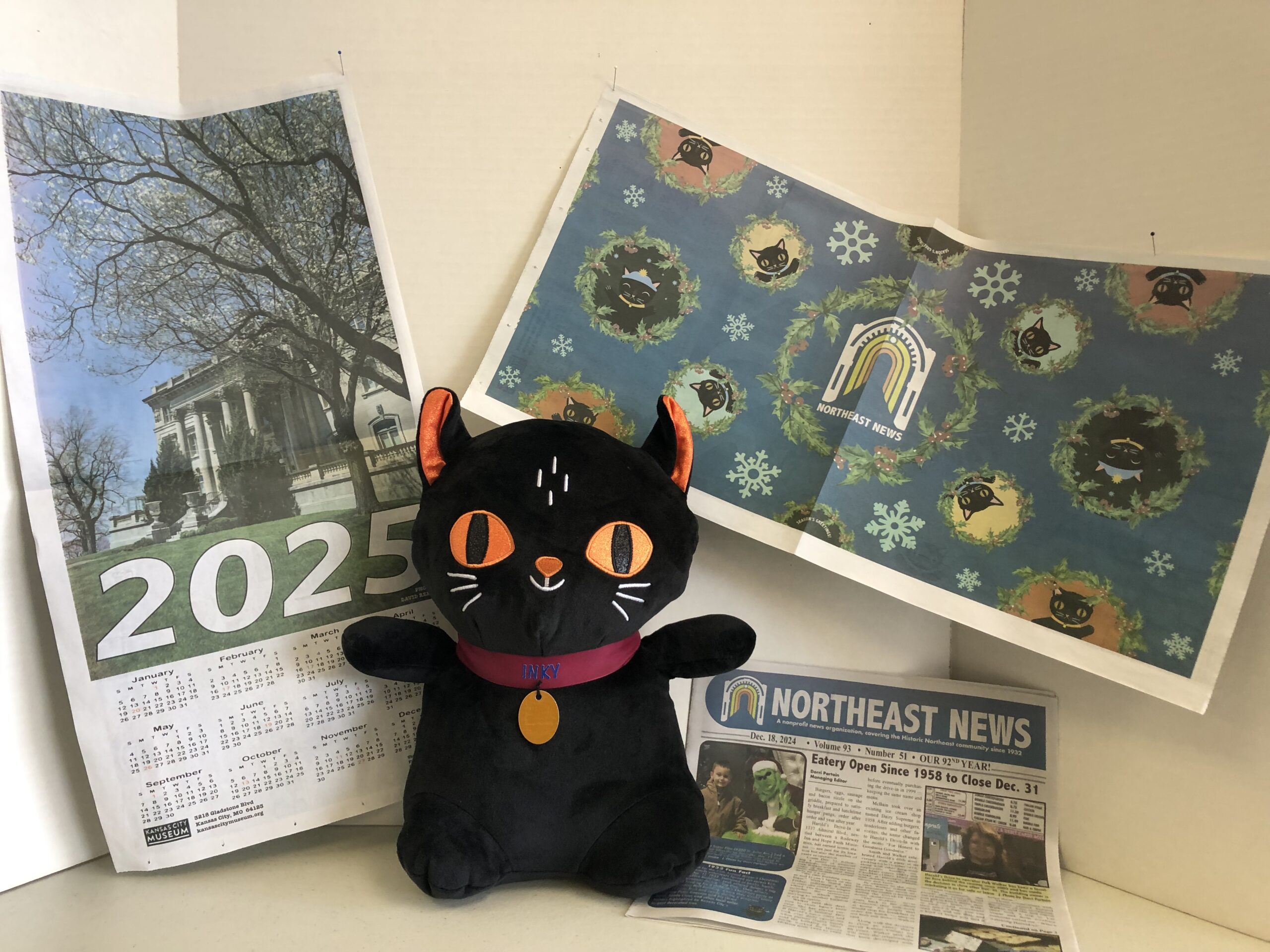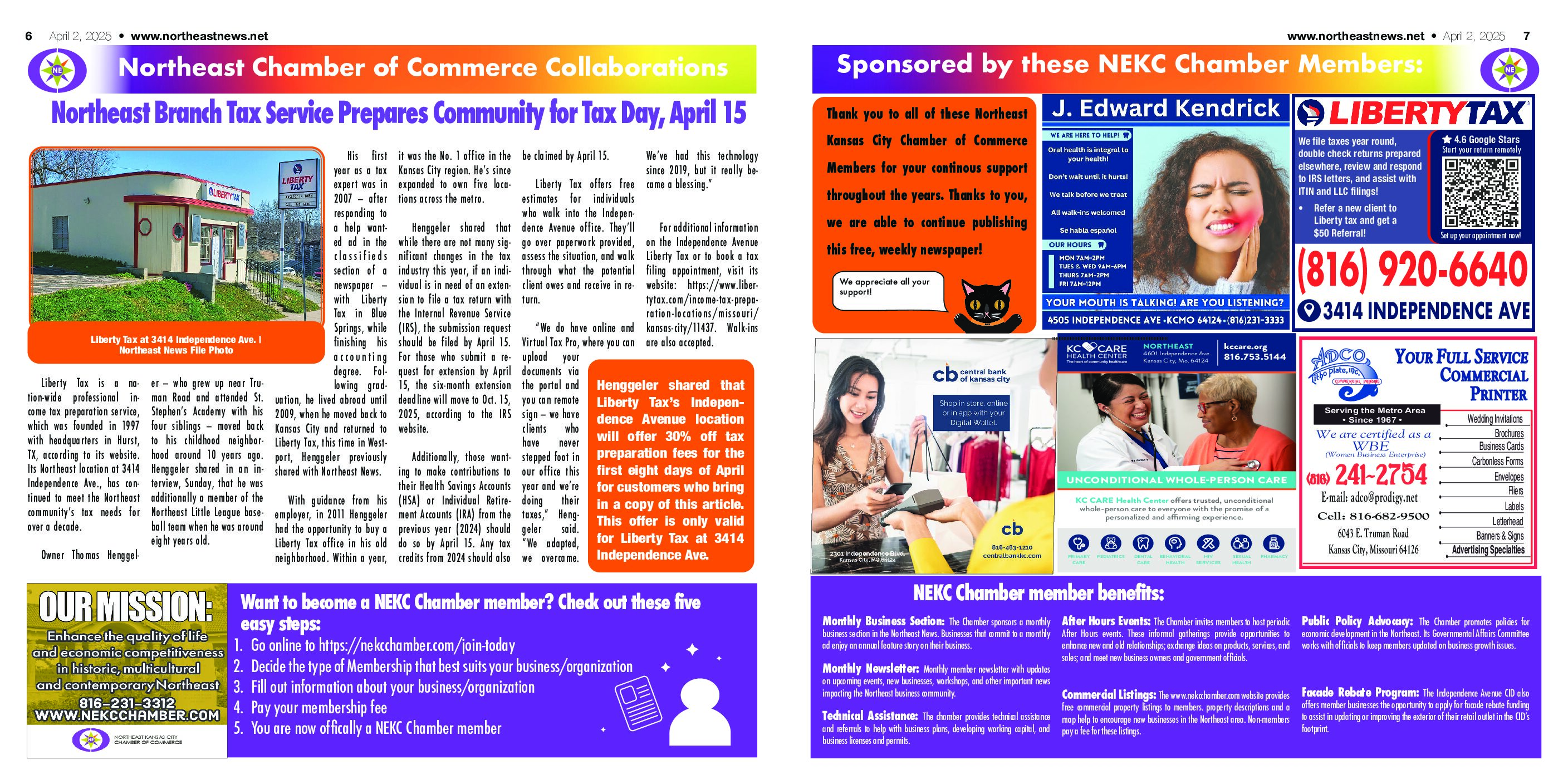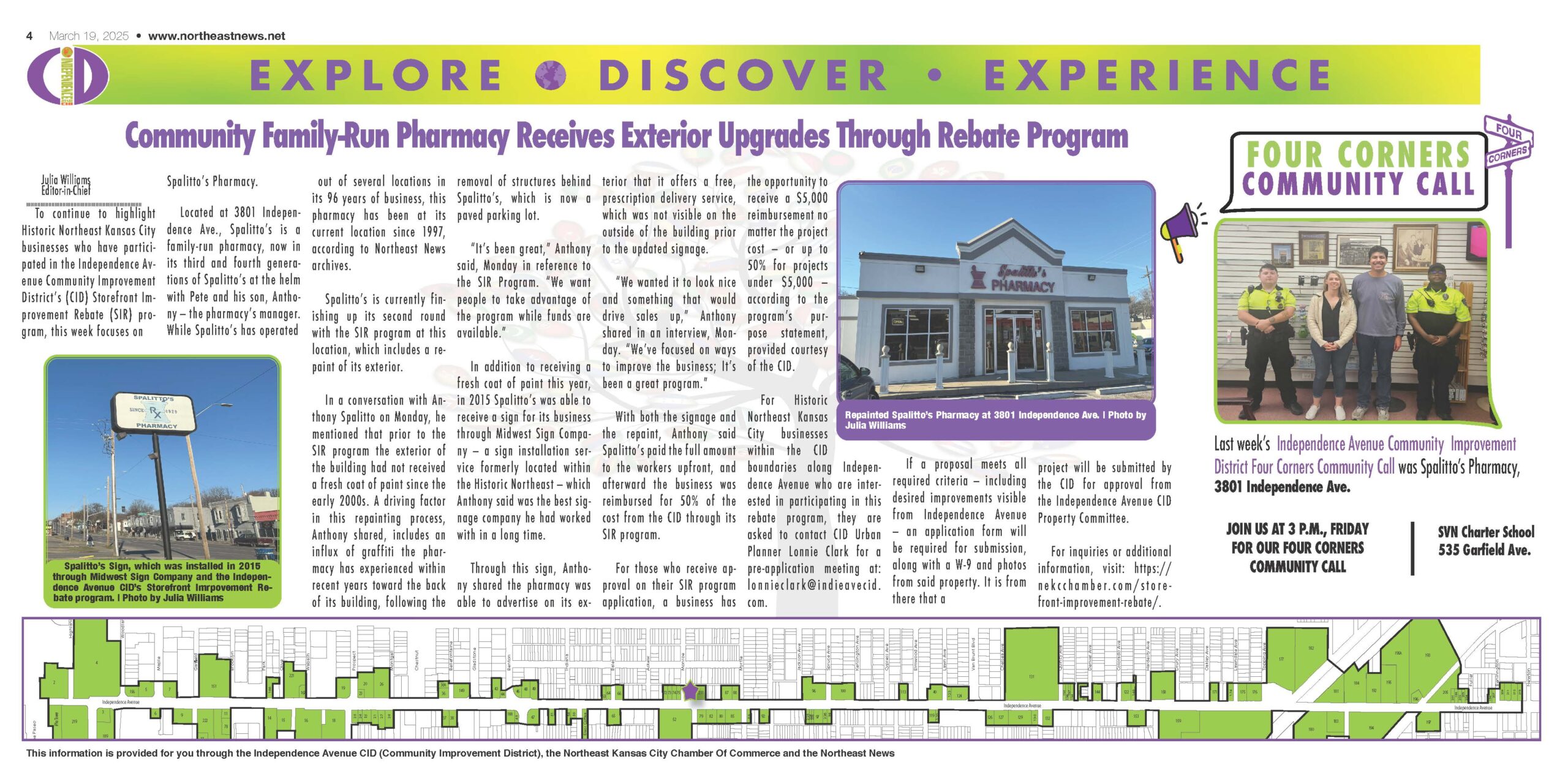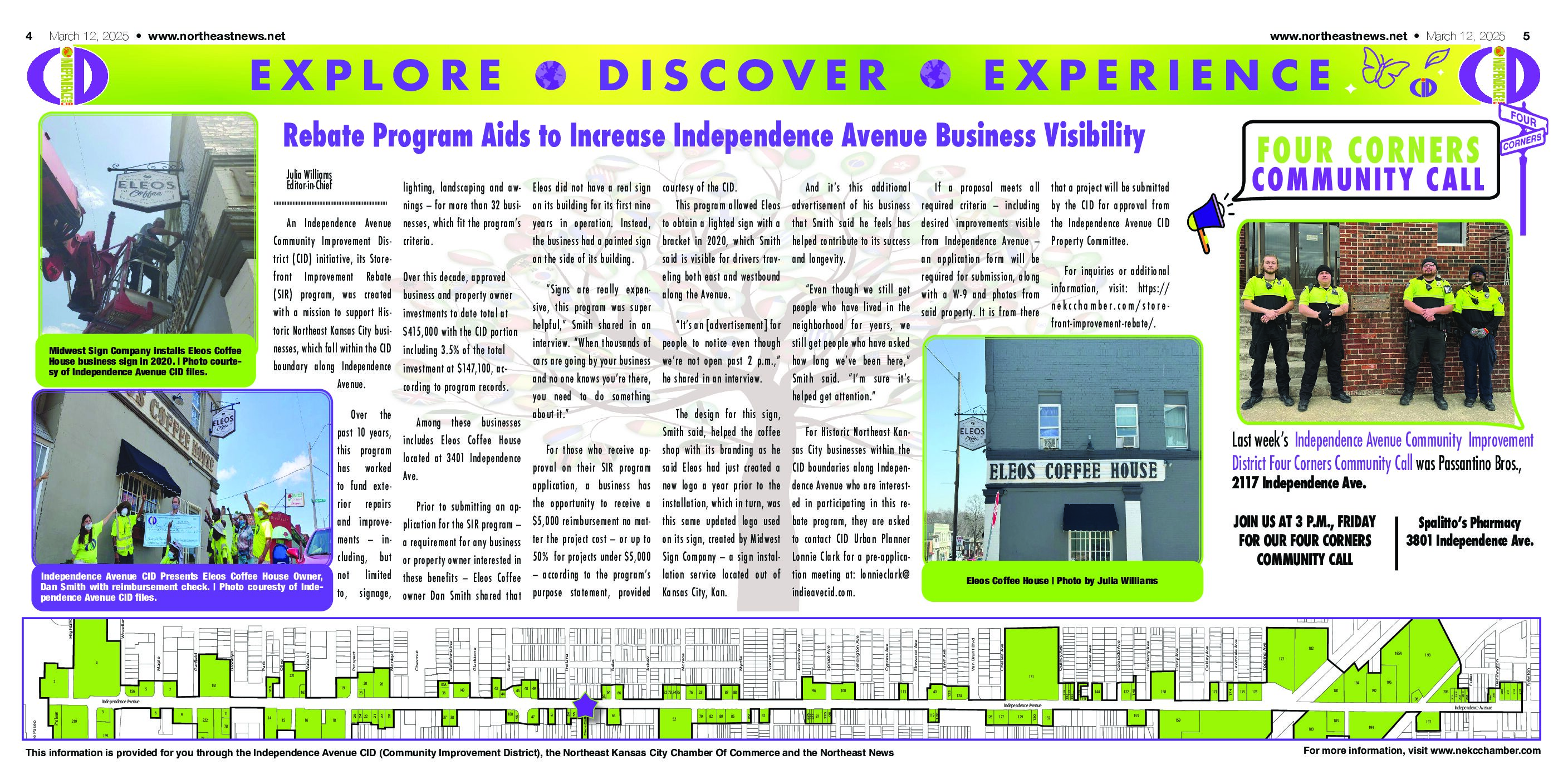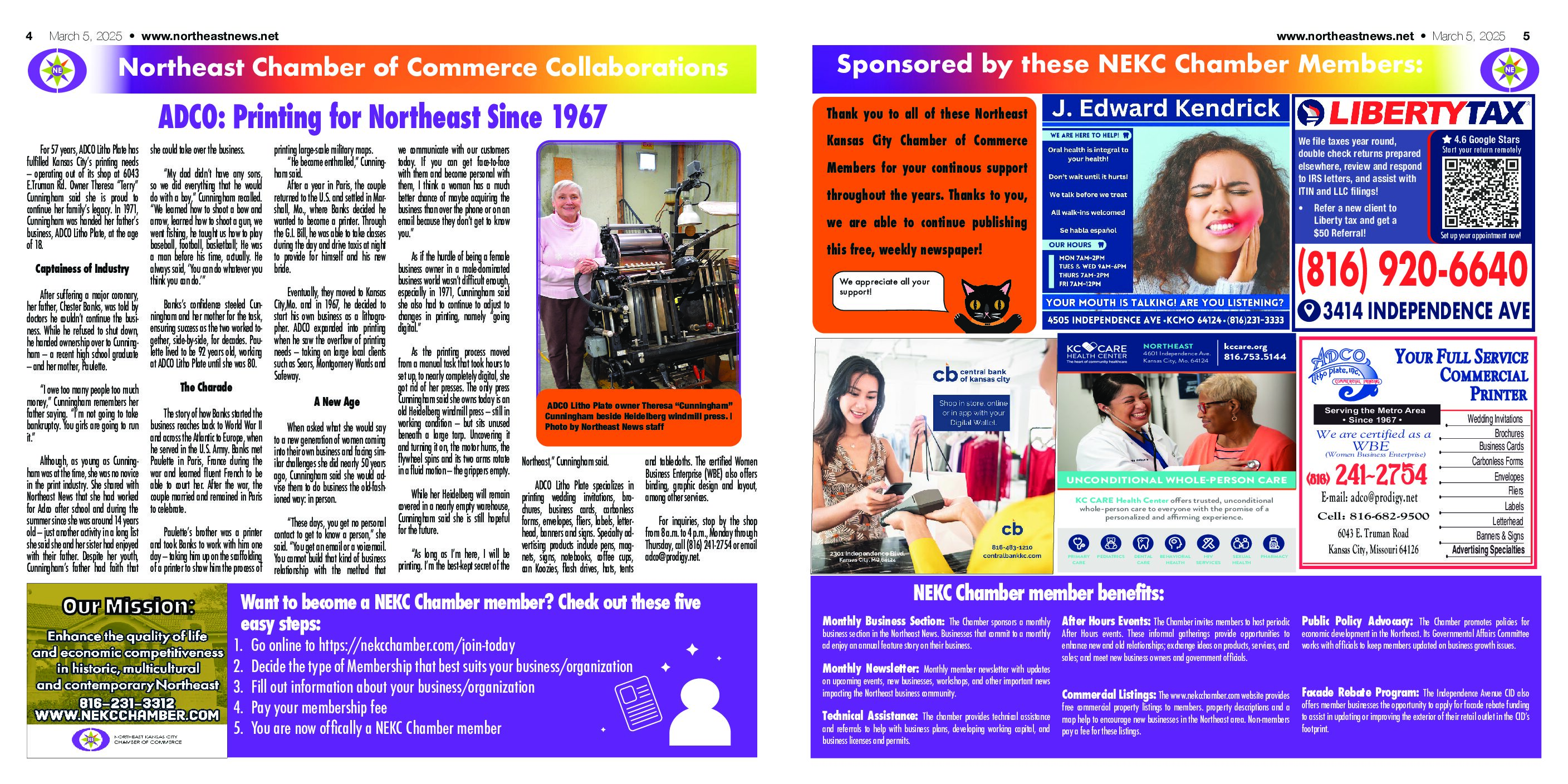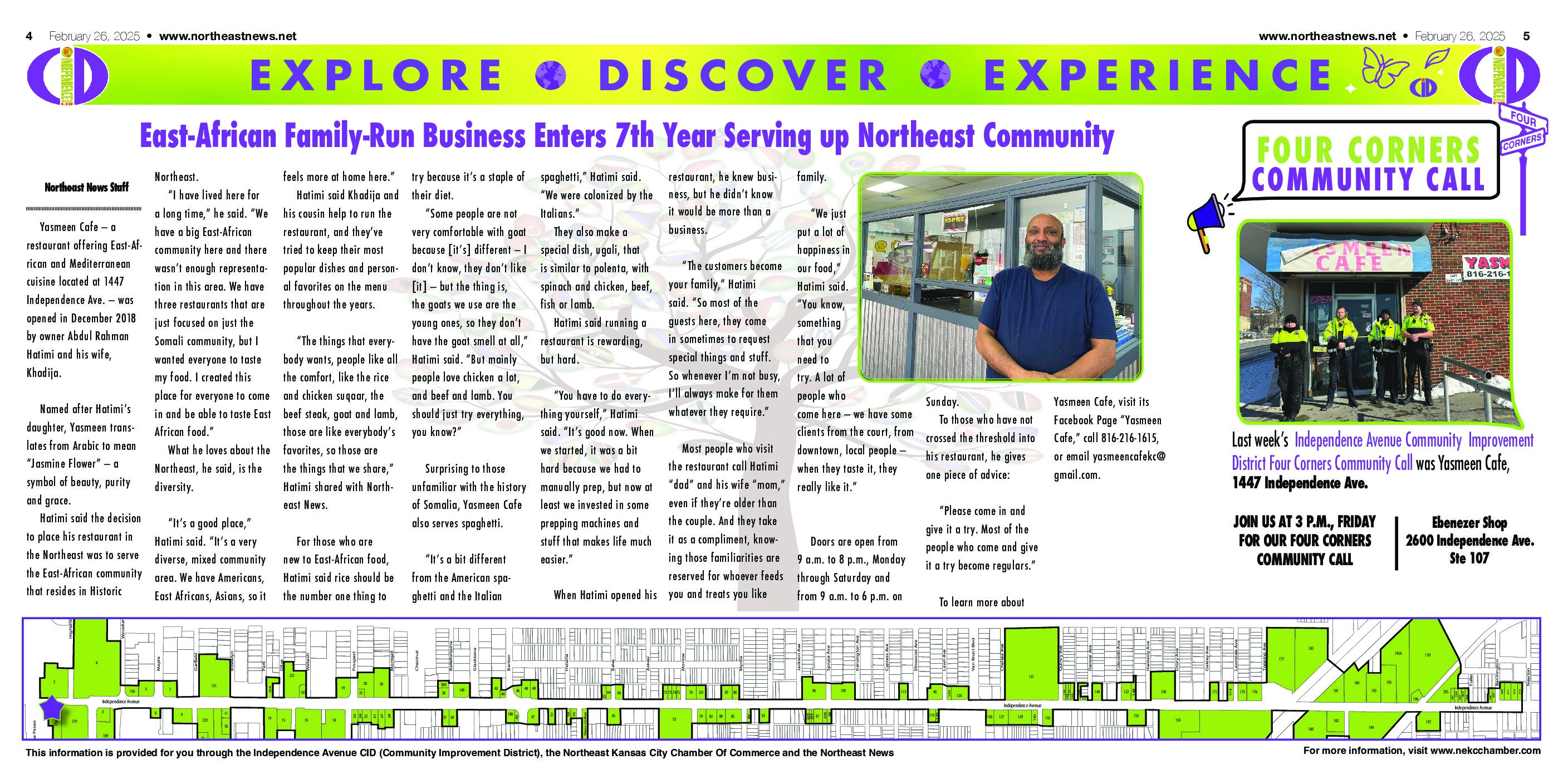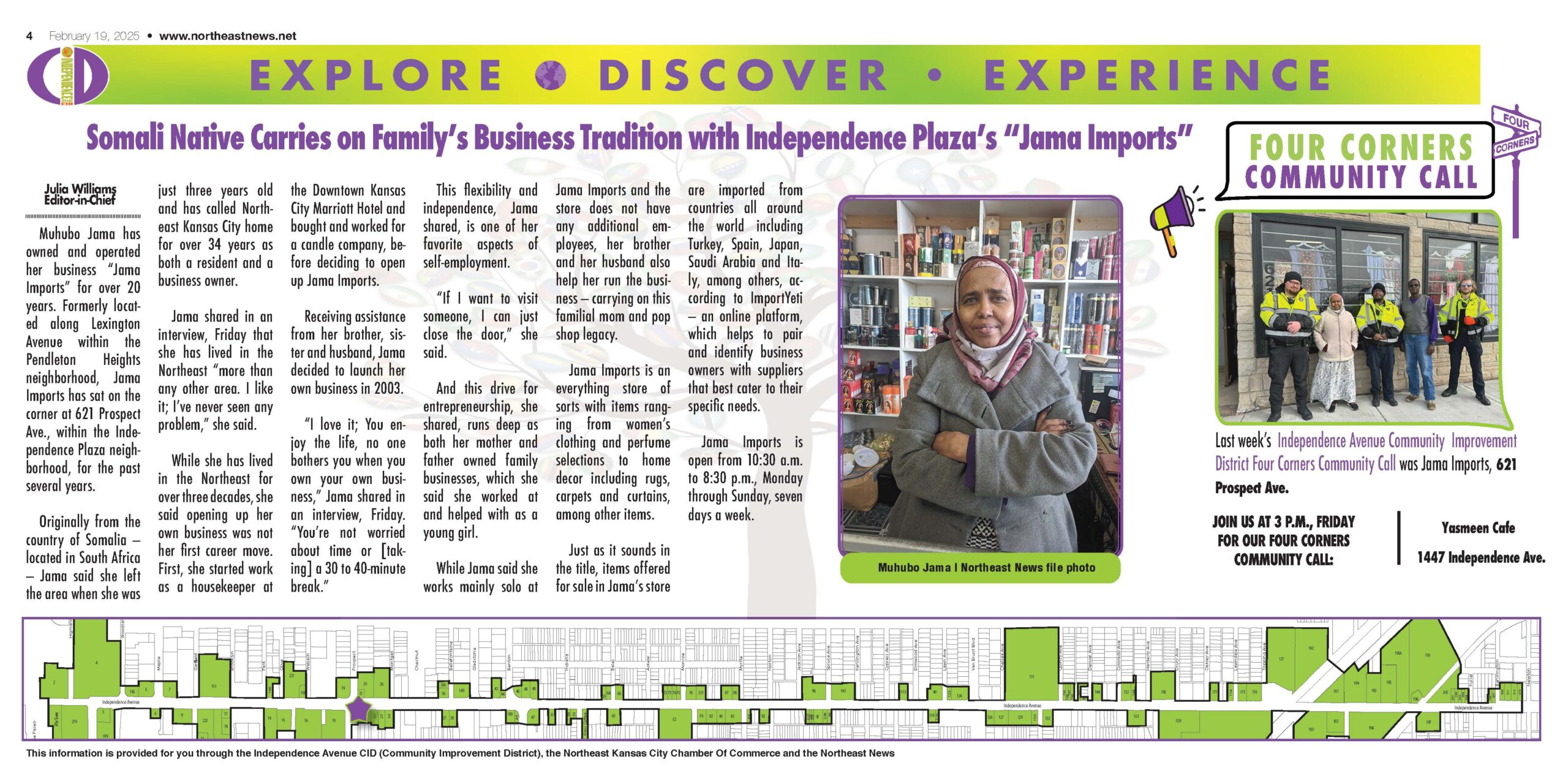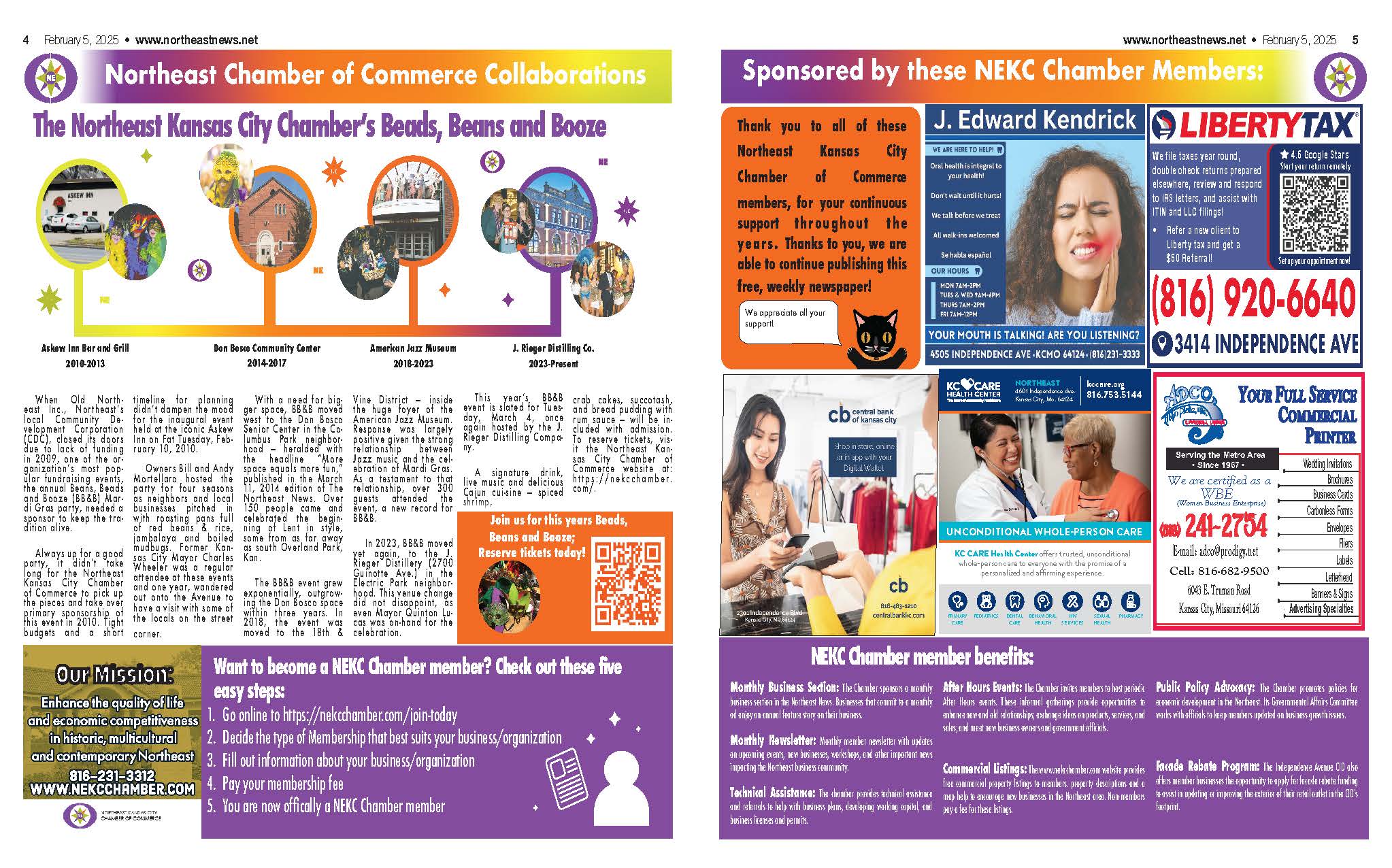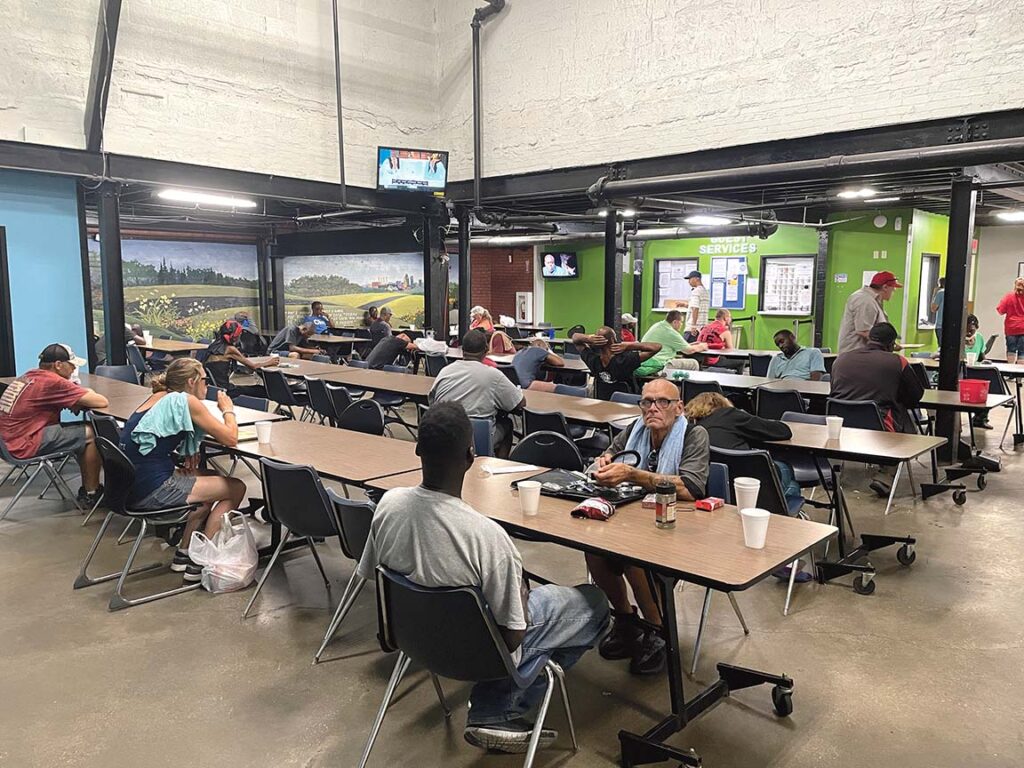
By Abby Hoover
Managing Editor
As temperatures soared last week in Kansas City, the metro’s cooling centers, homeless shelters and public buildings saw a spike in visitors. Hope Faith Homeless Assistance Campus in Paseo West, the city’s only day shelter for people experiencing homelessness, tried to plan ahead for their clients’ additional needs.
“It has been a tough week,” Executive Director Doug Langner said Friday. “I mean, we’ve had several calls to EMS, of course, just people that have been outside, especially those who were sleeping.”
On Friday, temperatures reached 102 degrees. Director of Operations Cristi Smith said daily counts were up last week compared to two weeks before, when the weather was relatively mild.
“Our staff is holding up okay, I mean, it’s amazing what they do day in and day out,” Langner said. “So I’m pretty impressed just how they handle it because as someone who watches over them, supervises them, you always worry about burnout and things like that, but they seem to hold up well. We’re doing some things to make sure there’s some self care there too, because it has been tough.”
Community members have stepped forward to provide the shelter with water bottles, knowing the center closes at 2 p.m. as temperatures are reaching their height.
“We’ve been trying to exit people with water and Propel – like electrolyte type things,” Langner said, adding that they try to make the meals hydrating as well, to replace what’s lost through perspiration. “Also glad we’re there, a lot of people just come and sleep all day on our floor.”
Their doors are open to anyone – whether they have a history of crime, mental illness, or other “barriers” that often leave them excluded – and they encourage their guests to stay as long as they need.
“Recently we’ve provided an office to some street outreach workers, meaning they office out of Hope Faith, so one of the big things has been those outreach workers have been deployed, trying to get people, especially in this ongoing heat that we’ve had this week, to really get them to some type of solution, whether it’s at least making sure in the hottest hours of the day, they’re inside at our place or somewhere else,” Langner said.
For how the community can support the shelter, Langner asks for bottles of water that they can send with exiting clients.
“We always have water on our campus, cold water that people can replenish with, but when it’s this hot, we’re really trying to send them with things like bottled water, a cooling towel, smaller bottles of sunscreen,” Langner said.
He asks the community for their general support as his staff does the tough work of trying to match people with long term housing solutions and other services.
“These are moments where we can ask people, ‘Is it time for you to want to make your next step?’ and we see it all the time and we’ve seen it this week of saying, ‘I gotta get off the streets,’” Langner said.
He hopes the community will trust Hope Faith or other organizations doing similar work with their dollar to support their efforts. There are also opportunities to volunteer to serve a meal, which offers the chance to get to know the folks experiencing homelessness.
“I think the more they understand and know they’re a valued part of our community, the more they’re apt to want to make that next step and change,” Langner said. “Because so much of this is coupled with mental health, and just knowing someone cares for them, that’s a big thing. Even if [the community doesn’t] do that, just somehow acknowledge people who might be houseless as humanity, whatever that looks like for you or anyone else. A simple hello can go a long way. Just check in, ‘Are you okay? Is there anything you need?’”
Although they had the choice, Hope Faith’s Clean Up KC crew decided not to take the week off, but they’ve adjusted their hours to avoid the hottest part of the day. They collected 60 bags of trash last week, plus loads of tires and other debris.
“They normally go out at nine o’clock in the morning, but they’ve been deploying at six o’clock in the morning so that by the time that the heat of the day comes, they are done,” Langner said. “By the time it started getting hot, we did have them stopped because we just want to be mindful because some of them are still houseless and so we know they’re gonna go into that.”
Street by street, they’re doing their part to clean up the community and provide a living wage to people who are currently or have experienced homelessness.
Jared Michaels, who is recently homeless following an eviction, has been visiting Hope Faith for about a week.
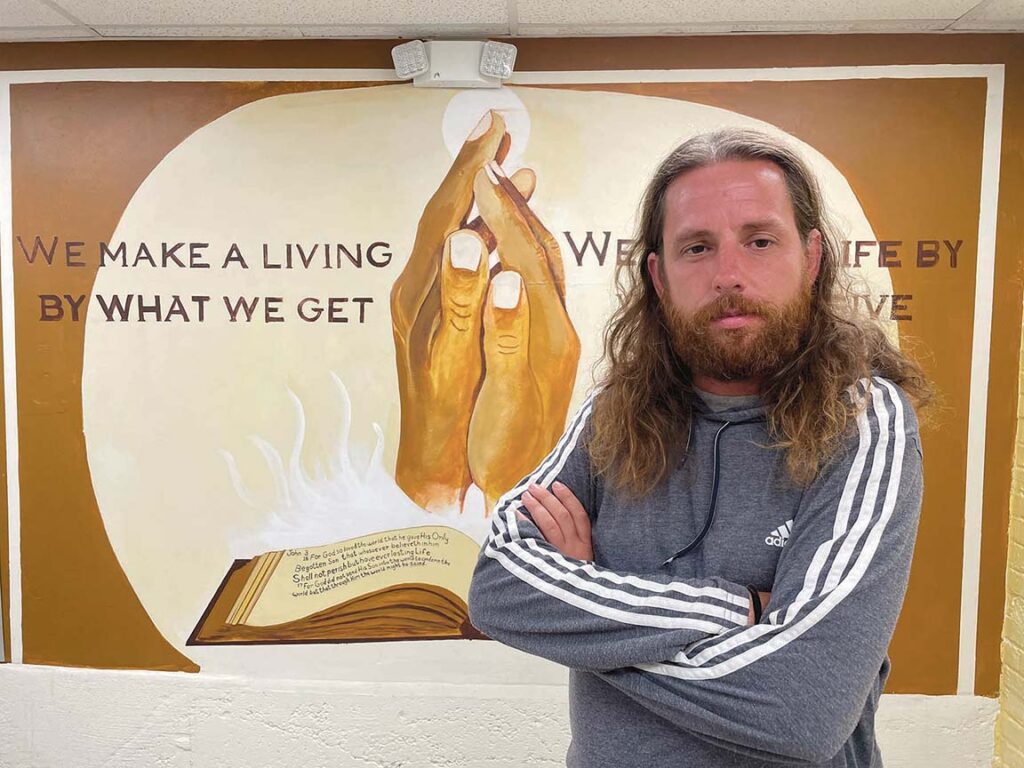
– Jared Michaels
“The cost of living is insane right now,” Michaels said. “They’re not doing anything about rent control. Resources are really bad for living here in Kansas City and the homeless population is growing by the day.”
With temperatures in the high 90’s for most of the day, relief from the heat is brief.
“Honestly, as far as sleeping outside, it’s been pretty much a total nightmare the whole week until about like the three o’clock, four o’clock hour, middle of the night, then there’s somewhat of a release, but in the evenings it’s excruciating,” Michaels said. “You’re basically soaked in sweat.”
There’s a lot of really nice, Christian people in the area handing out water, Michaels said.
“Luckily, somebody found me last night walking downtown and gave me a big jug of water, so I was walking around, drinking that, and then I was able to find a nice cool shady spot, eventually,” he said.
Michaels lived in Northeast nearly a decade ago, and is pretty familiar with the area and knew there were services available here.
Now, his most urgent need is to find employment, but not just any job. It would have to pay upwards of $20 an hour. He also needs reliable housing, probably with assistance, but that seems nearly impossible.
“It just seems like it’s a dead end, and from what I’ve been told, there’s not a whole lot of assisted living going on in the city,” Michaels said. “It’s almost as if the powers that be want us to be homeless or something, like super poor, super rich.”
He thinks the City should definitely be doing more to help people at risk of homelessness or who are already experiencing homelessness.
“Their main concern right now is more about the streetcars and things of that nature, which I completely understand, but if landlords are going to continue to evict people, giving them double evictions in one, and as long as the cost of living stays where it’s at, this problem is just going to continue to rise,” Michaels said. “I don’t see it getting better anytime soon.”
While the City has implemented initiatives like Zero KC, a plan to end homelessness that was announced last year, those experiencing homelessness often aren’t aware of the services or haven’t benefited from them yet.
“I’m not a person who’s looking for a free handout, I just want life to be somewhat easy,” Michaels said. “I’m a very minimalistic person. I’m not a greedy person. I don’t need to live in some fancy mansion or loft or anything like that. I just need the bare minimum that I need to be able to go to work.”
Michaels thinks the people at Hope Faith are fantastic, there’s a lot of love there and the whole energy is great. He wishes the meals were bigger, but he’s very grateful and will take what he can get. While he’s been offered services for glasses or mental health services, housing is another story.
“As far as actually getting off the streets into someplace affordable, you can be on a four year waiting list,” Michaels said. “My caseworker at Swope Health yesterday literally told me she’s never seen anybody come through the office that got granted assisted living.”
Watching the development continue downtown, Michaels understands that luxury apartments are going to happen and gentrification is going to happen, but at the same time, the cost of living is unaffordable to so many.
“Most of us can’t afford to live, nobody could afford a $1,200 a month apartment making $16 an hour,” Michaels said. “Who can afford $1,400 a month making $16 an hour? It’s just not realistic, and the minimum wage is about to go to $15. So inflation has just kind of screwed everything up for all of us. I don’t want to blame it on politics, but it’s just capitalism.”
On busy days, Smith has noticed that guests at Hope Faith will take turns in the air conditioning to allow for everyone to get some relief. She really saw this beginning during the COVID pandemic when they had distancing rules.
“Luckily our guests are really great about kind of self gauging and so when they see that it’s starting to get full, some will step out so that way others can come in, or they’ll come in and take care of business and move on to the library because it stays open longer,” Smith said.
She’s encouraged by the area’s homeless service providers and a new focus on low barrier shelters as winter approaches.
“The homeless community is beautiful,” Smith said. “For the most part, people look out for each other. They support each other… This is a really protective environment and we see the same thing as staff. Sometimes the newer people or people with severe mental illness, they can be jerks, but for the most part I have no fear of walking out of here at night or having conversations in the evening because our guests will notice that we’re here and they’ll keep an eye until you’re back in your car and they’ll tell you to get home safe. It almost becomes like a family.”
Carlos Rodriguez has been homeless for four and a half years, experiencing three heart attacks and having congestive heart failure four times in that time.
For him, Hope Faith has been a safe haven for him to escape the heat and take a shower.
Rodriguez, a chef by trade, has job experience.
“At the end of the day it doesn’t do me any good to get a job if I can’t properly take care of my hygiene each and every day in order to go to work,” Rodriguez said. “So I mean for me, I need a job.”
Rodriguez had a housing voucher in the past for about four years, but lost it when he went to prison. He doesn’t expect to get another one anytime soon.
His main goal right now is to keep his health up – he’s on eight different medications – and to find a permanent job and permanent housing. He wishes more people who live in Kansas City knew they’re only one paycheck away from being homeless themselves.
Rodriguez has been in Kansas City a long time, and has often thought about how all the old buildings that are being turned into lofts for people who work downtown should instead be turned into homeless shelters with programming.
“I’ve noticed a movement of the homeless from the inner city to down North (Northeast), so that way, they won’t be downtown,” Rodriguez said. “It used to be a lot of homeless people, well they’ve moved them from downtown to down North so people who live downtown in high rises won’t have to deal with it.”
At night, Rodriguez sleeps behind a church where he feels safe.
“When winter comes, you don’t have no place to go. You just out there, and there’s only two men’s shelters here in Kansas City, which don’t make no sense to me,” Rodriguez said.
Hope Faith is contemplating ways to offer their clients shelter for longer, especially at night. During the winter, the organization is an overnight emergency cold weather shelter.
“Instead of always having to exit people fully, in the night and on the streets, be a part of maybe a certain overnight solution,” Langner said. “So that is something we’re really contemplating right now, to do that – not only in the winter, which we’re going to do again – but I’m a firm believer if we can have a safe option to get people off the streets, that they will be off the streets and I think would actually create a safer community in our area and in the surrounding Northeast.”
They’re looking at opening up for overnight shelter throughout the year, not just in winter.
“We definitely know that sleeping on the streets and being on the streets is dangerous, and not just from a weather factor but from just a safety factor as well,” Langner said. “All of us just see way too many people panhandling on the streets, sleeping on the streets in tents, and over and over again. Most say there’s just not a place for them to get into on a daily basis without entering a longer term program.”
While long-term solutions are the goal, Langner said the first step is to get people off the streets, even temporarily, where they can get some rest and be safe. When they’ve had that rest, then they can evaluate the next steps, whether it’s getting help for mental health or substance abuse or other things that factor into people being chronically homeless.
Kansas City has extreme weather, especially in winter and summer, so instead of releasing their guests back onto the street for the afternoon and overnight, he’s thinking of how Hope Faith can be a respite and a place to take those next steps to be fully integrated back into the community.
He and his team recently visited a community in Chicago that’s similar to Northeast, and neighbors were very skeptical of a shelter near them when it started.
“When they literally saw that people were off the streets, they have actually become advocates for some of this,” he added.
Langner wants to spur community-wide change. While transitioning to an overnight shelter may raise some concerns in the community, he hopes neighbors reach out to him to discuss.
“[Hope Faith] wants to be a part of the community and we want our guests that we serve to know they’re a part of the community, and with that comes responsibility to watch out for your neighbor, whoever that may be, to make sure crime isn’t happening and to keep the streets clean,” Langner said.



